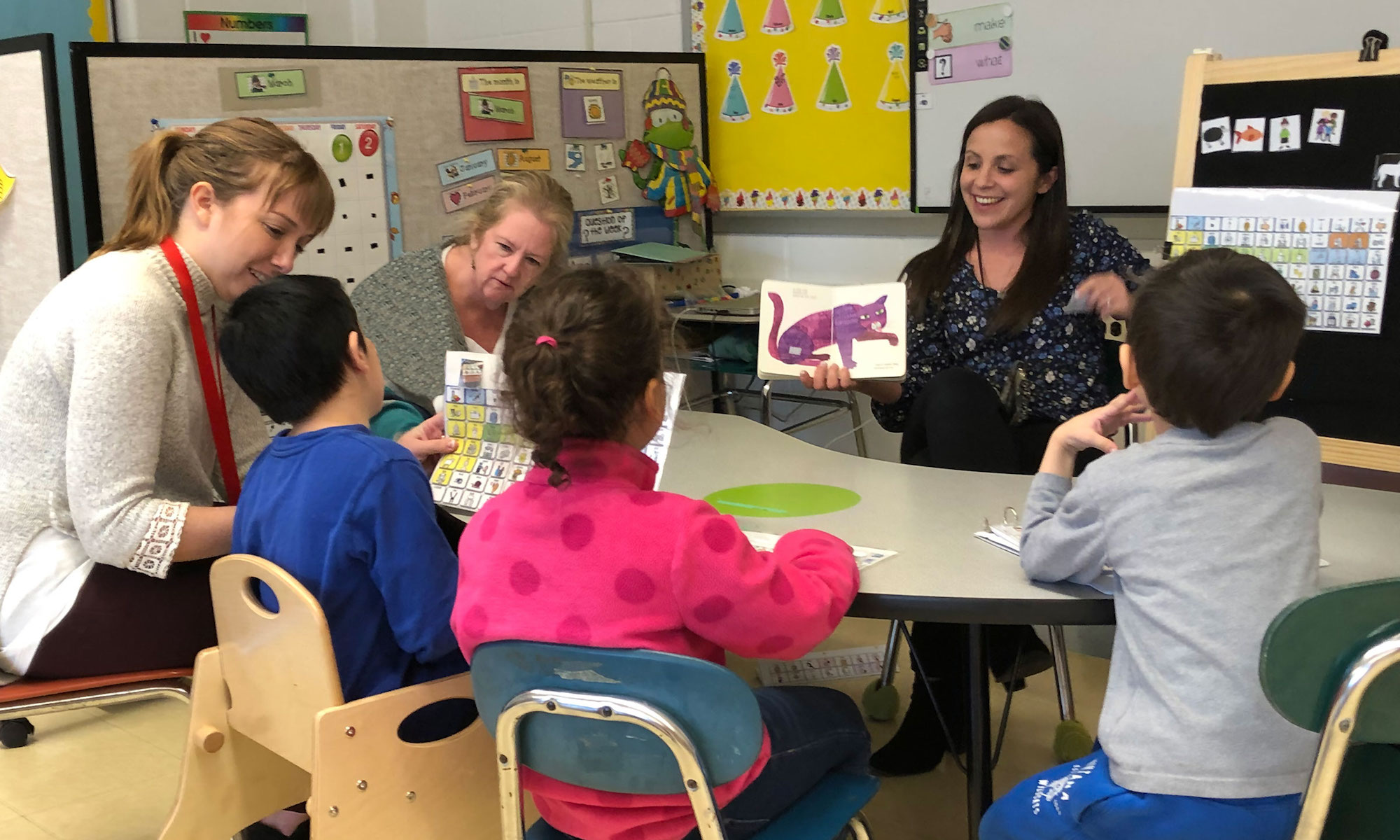Much of life can pass us by when we are too hurried to pay attention to it. This is not only true for us, but also for the children we work with. Realizing that small moments of interactions can add to our toolkit to enhance meaning-making and social closeness between children can be a major game-changer!
A document (Promoting Positive Social Interactions in an Inclusion Setting for Students with Learning Disabilities) by the National Association of Special Education Teachers focuses on the importance of promoting positive peer interactions: ”None of these (referring to positive and challenging experiences) will be more rewarding than helping children with special needs developing positive interaction with their peers.” Even though the same sentiment is frequently repeated in schools, I am often surprised at the gap that exists between intervention practices with students with severe communication difficulties and the idea that we need to promote interactions and friendships between peers. This gap is particularly evident in self-contained classrooms where students tend to have assigned seats and are engaged in one-on-one instruction for up to 95% of the school day.
When we address promoting peer interactions, the focus often lies on the type of behaviors (e.g., getting a friend’s attention, sharing objects, saying something nice to a friend ) that can promote peer interactions. Although these behaviors are important, it is equally important for us to be able to assist two children who show some affinity for each other to become friends. Teaching and promoting positive behaviors can facilitate the development of a culture of acceptance and tolerance in school; however, they do not necessarily promote the development of friendships between children. Becoming friends requires sustained interest between peers and the openness to become socially close to another. Hence, the development of friendships requires targeted observation and ideas that can be infused to enhance meaning-making between two children.
Continue reading “Peer Interactions and Social Closeness in Self-contained Classrooms”












